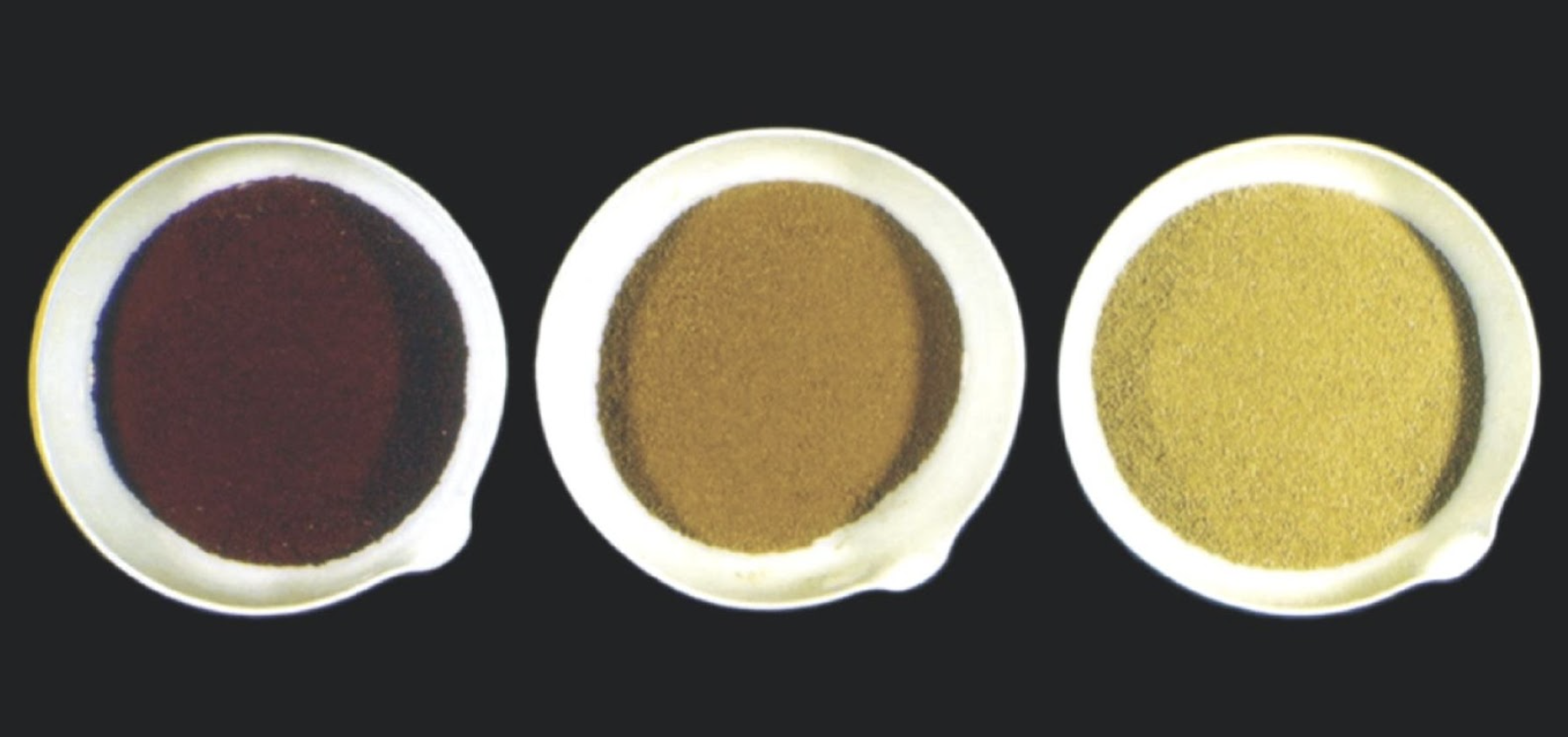ζ
LAST GLACIAL TO PRESENT
Anafi at the Last Glacial Maximum.
The island formed about 200 million years ago at the dawn of the first mammals. It was thrust out of the sea by geological processes. The island is comprised of diorites, ophiolites, biotites (granite), amphibolites, marbles, quartzites, paragneisses, and greenschists. At the last glacial, Anafi was triple its present size and extended south to the island of Pacheia. Some areas of the island extended a mile off the present shore and other areas of the coast extended 2 miles off the present coast. The depths between Makra and Pacheia are 123 meters below present, so Makra would have connected in a previous freeze before the last glacial.
Anafi at the Neolithic.
There have been no finds of any neolithic inhabitation yet on Anafi island, even though pretty much all other Cyclades islands were inhabited at the time and Crete to the south was inhabited. Although the present climate of Anafi is hot, arid and considered a desert climate, this may not have been so in the past in the cooler temperatures after the last glacial. The south side of the island is said to have the ancient sunken ports, such as off the coast of Katalymatsa Beach. During the early neolithic, the south coast connected to Ftena and Flini islands, about 2 kilometers south of the present coast.
Anafi shortly before the Archaic Age.
The island is definitely inhabited during the 8th century B.C.E. The ancient ruins of the city can be found upon the hill at Kastelli. But the heart of the island in antiquity was the temple to Apollo Asgelata on the east side of the island. The monastery of Zoodochos Pigi is built from the walls of the Apollo temple.
TWO STONES
The two granite samples display a similar age and pattern of lead loss where in both cases grain size cannot be related to the extent of lead loss in a straightforward way. Sample An 105 provides a much better estimate for the crystallization age. Overall, the two granite samples are interpreted to derive from the granitic stock, which is also evident from their close spatial association on both sides of a late normal fault and similarity in other characteristics including the fact that in the two localities the granite intrudes coarse-grained marbles.
CONTRASTING GEOMETRY
A significant change is observed in the geometry of the major faults in Anafi Island from N to NE dip in the alpine structures to S to SW dip in the late to post-alpine. Several thrust faults dipping to the NE preserved at the central-eastern part of the island form a nappe pile of Cretaceous HT/LP metamorphic units emplaced over a parautochthonous nonmetamorphic flysch of partly Eocene age without development of metamorphic structures (deformation phase D1). The development of detachment normal faults dipping to the SW (deformation phase D2) deformed the previous thrusts together with the post alpine continental sedimentary sequence of Miocene age, occurring in the northern and western part of Anafi. Asymmetric to the SW folds are observed at the lower part of the Upper Miocene sediments as well as numerous shear sense indicators along the undulating surface of the detachment above the underlying alpine units. The deformation weakens towards the upper part of the Upper Miocene sediments. An intensely sheared molassic type formation of probable Oligocene-Early Miocene age was distinguished between the alpine units and the detached Upper Miocene sediments. High angle normal faults dipping to the SW deform all previous structures (D3). The extensional deformation phases D2 and D3 are related to the opening of the Cretan backarc basin during Tortonian – Early Pliocene.
PIGMENT MINING
Aboundant deposits of red chalk (hematite), ochre (goethite) and jarosite occur on several places of the island of Anafi. These pigments were produced by hydrothermal alterations in course of a young rhyolitic volcanism, and have been mined in ancient times. Anafi’s natural pigments display close similarities with some pigments of the Bronze Age wall paintings that have been excavated in Akrotiri (Santorini). Arguments for a putative provenance of these prehistorical pigments from Santorini’s neighbouring island Anafi are discussed in this article.
May 2015






